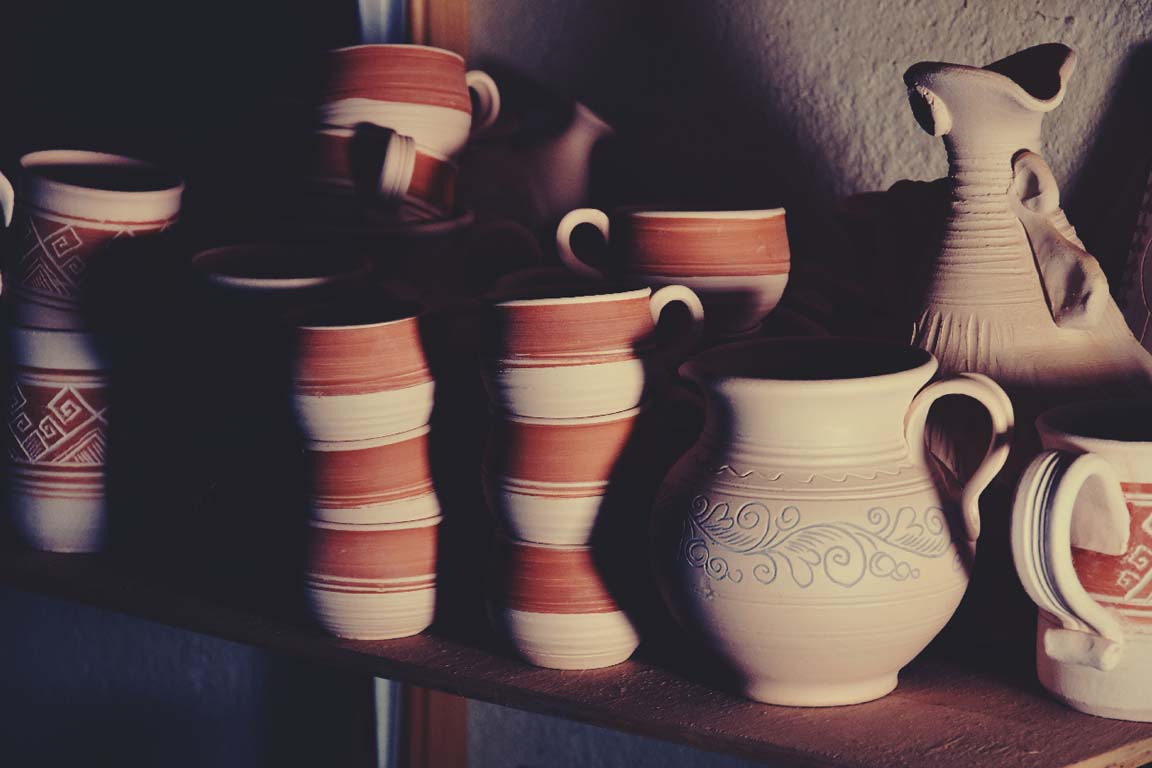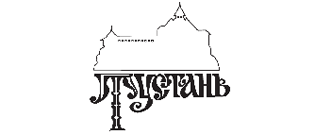Hutsul ceramics have a long tradition. They have become popular already in the nineteenth century, when they became known and exported in significant quantities outside the region. At that time, the first major manufactures, and native craftsmen-artists became artists, enjoying recognition also outside the Hutsul region.
Currently, a rich collection of Hutsul ceramics can be admired at J. Kobrynsky National Museum of Hutsulshchyna and Pokuttya Folk Art in Kolomyya. Valuable collections of ceramic products are also found in the Historical Museum in Sanok. These items – both the old and the new ones – are often presented at occasional exhibitions of traditional handicrafts and Hutsul art. In addition to wooden products, they are a showcase of the region, they are also one of the most characteristic tourist souvenirs from the Hutsul region. The Hucul tiles and ceramic dishes were eagerly chosen. They were fired in field stoves at low temperature, which made their surface suitable for the application of various decorative motifs after firing. Then the drawing was covered with dye. Natural pigments were used, among which three colours dominated: green, ochre yellow, brown. Other colours are black, blue, brick-red. The tiles were decorated with floral, geometric, animal motifs or scenes from everyday life. Traditionally, lead enamel was used, which, depending on the background during the firing process, turned yellowish. Green appeared thanks to the use of copper oxide while the brown colour was achieved with manganese oxide.
The old production technique has survived and is used by masters to this day. Characteristic smudged shapes of characters, so-called “oven tears” are formed on ceramics in the firing process. Serhiy Dutka, a craftsman and contemporary artist from the city of Kosiv (Ivano-Frankivsk oblast) describes it as follows: The most fascinating moment. You never know what effect will be. And that is why each product is unique.
Serhiy Dutka is a representative of the young generation. Although he cultivates traditional handicrafts, he enjoys experimenting with various forms. Is aware of both the potential of traditional craft art and is aware that in order for it to be attractive to the contemporary recipient, one should experiment and move on. At his very traditional studio he firstly presents us the mining of clay, forming a vessel on a potter’s wheel. The next process is – on a pre-burnt copy – with an efficient hand movement, carving the outline of an elephant.
His studio is filled with fanciful shapes, on the shelves among the “classic” plates and bowls there are ochre yellow and green stunning creatures: stegosaurus, lizards and dragons. On the wall you can admire the wall lights in the shape of octopus, snails and even scarab beetles. Mammoths are Serhiy Dutka’s favourite motif.
As he explains, their hair gives a lot of scope for the artist. The clay herd of mammoths really looks fantastic in the collection. – Everything is made in traditional technique, while maintaining the old technology of the product, but the form is already modern – emphasizes Serhiy Dutka.
Serhij Dutka



















